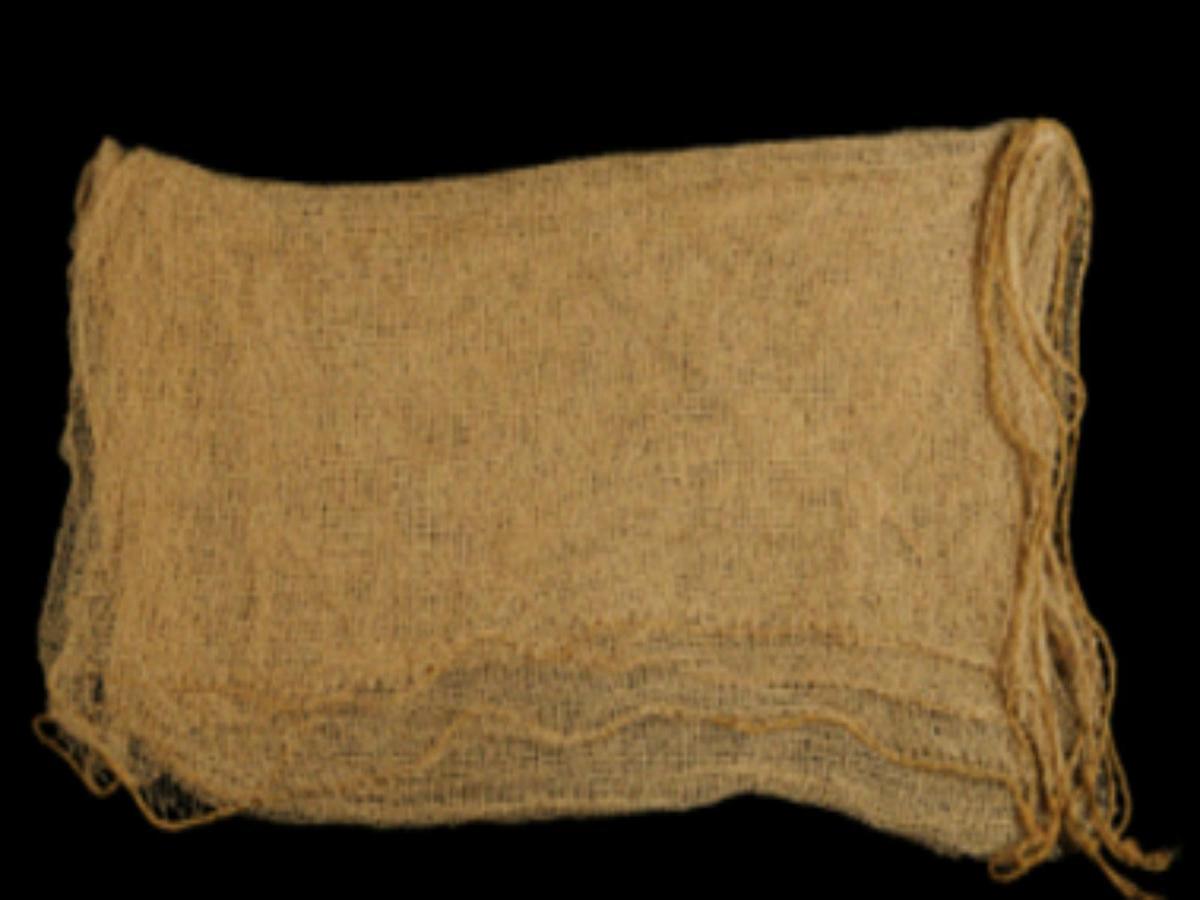State
Tribe Name
Art Type
short description
The majority of this tribe resides in the territory of Odisha and is meant for using tools the most and causing minimal disturbance to nature by such means. With their age-old fishing equipment, one among the oldest is the Jali-a square shape cotton fish net, which serves as the prominent example of eco-conscious indigenous craftsmanship. Jali is a net made of cotton strings so huge that it occupies an area formed like a square. One very strong square jute rope holds the mesh. This ensures the stability and strength of this traditional fishing net. This net is used to catch fish in rivers, streams, and ponds, and is a common household tool for Khond villagers. Cotton nets, unlike the commercially available synthetic nets, are eco-friendly and biodegradable and do not have any harm over the years to aquatic life. It makes the natural fibers really strong used in the reinforcement, making testimony to the great knowledge of the tribe about the use of local materials and weaving techniques in the making of this net.
Thumbnail

Filter Postion
Left
Filter Background
Off
Theme
Filter Header Image

content
Image

description
The majority of this tribe resides in the territory of Odisha and is meant for using tools the most and causing minimal disturbance to nature by such means. With their age-old fishing equipment, one among the oldest is the Jali-a square shape cotton fish net, which serves as the prominent example of eco-conscious indigenous craftsmanship. Jali is a net made of cotton strings so huge that it occupies an area formed like a square. One very strong square jute rope holds the mesh. This ensures the stability and strength of this traditional fishing net. This net is used to catch fish in rivers, streams, and ponds, and is a common household tool for Khond villagers. Cotton nets, unlike the commercially available synthetic nets, are eco-friendly and biodegradable and do not have any harm over the years to aquatic life. It makes the natural fibers really strong used in the reinforcement, making testimony to the great knowledge of the tribe about the use of local materials and weaving techniques in the making of this net.
Initially, they would set it in pairs or groups, spread it in water, and slowly draw it inward to catch fish. It is a very low-energy fishing process that does not overfish; hence, can maintain the ecosystem balance of the aquatic ecosystem. Such indigenous tools mischief in curtailing and conserving much-valued traditions of tribal communities, and they create much darker picture how all these age-old echoed knowledge systems have sustained and transformed the group over the centuries.
Initially, they would set it in pairs or groups, spread it in water, and slowly draw it inward to catch fish. It is a very low-energy fishing process that does not overfish; hence, can maintain the ecosystem balance of the aquatic ecosystem. Such indigenous tools mischief in curtailing and conserving much-valued traditions of tribal communities, and they create much darker picture how all these age-old echoed knowledge systems have sustained and transformed the group over the centuries.
Image Mode
landscape
promoted
On
Verified
Off
